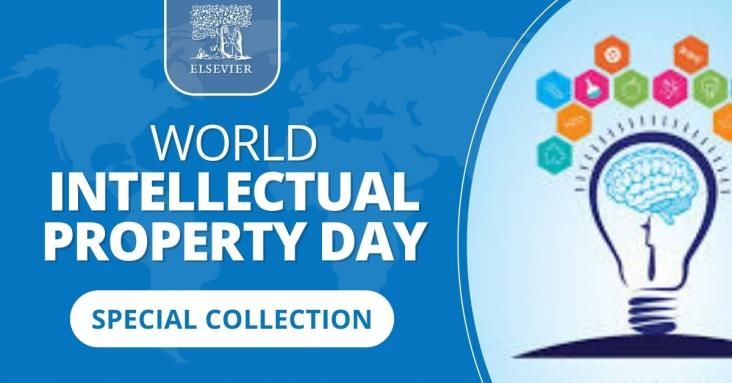
World Intellectual Property Day, observed each year on 26th April, is an opportunity to celebrate the contributions made by inventors and creators around the world and to explore how IP contributes
This paper provides a detailed review of the physical mechanisms and resonance theories of WPT technology, performance enhancement methods, application scenarios, and future research directions, aiming to provide a comprehensive reference for relevant practitioners and researchers to promote the various applications of WPT technology in modern technology fields.
Sustainable Development of Renewable Energy: Latest Advances Production, Storage, and Integration, Advances Renewable Energy Technologies, 2024, Pages 401-412
This chapter aligns with SDGs 7 (Affordable and Clean Energy) and 17 (Partnerships for the Goals) by highlighting the roles of smart grids, renewable energy communities, information, and digitization, requiring technological, research, and political collaboration, in advancing the energy transition.
